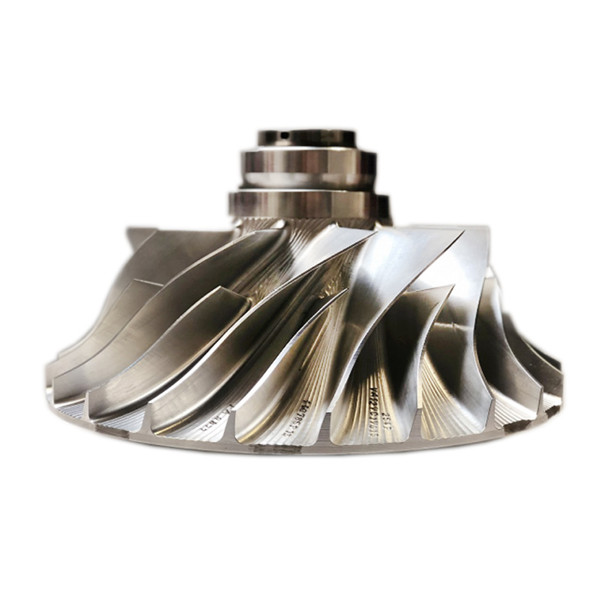As more people seek out vegan clothing alternatives, pleather can seem like an ethical option. But these pieces, often made from fossil-fuel based plastics, can have a major environmental impact
W hen Kylie Jenner launched her latest brand, KHY, on 1 November, the reality TV star – one of the most influential women in fashion – presented a collection of 12 pieces of clothing made almost exclusively out of “faux leather”. The collection featured a trenchcoat, a body-con dress and a pair of trousers with zips so you can wear them flared or slim. Westfalia Gravity Disc Factory

The pieces seem well made. The thick and heavy material is handsomely stitched – almost as if the clothes were made from actual leather. Except they are made from industrial quantities of plastic, and they will be with us and future generations for ever. Quite the legacy, Khy.
The high street is also full of it. At Marks & Spencer, a pair of high-waisted “leather look” leggings has been selling fast online. At Shein, I lost count of how many pages I needed to scroll through to get to the end of the list of “faux leather”. It’s overwhelming.
Faux leather has been popular for decades, since the days of Warm Leatherette, the 1978 single later covered by Grace Jones. It has become a material as fetishised as it is fetishistic. “Warm leatherette / A tear of petrol / Is in your eye / The hand brake / Penetrates your thigh,” sang Jones.
The problem, however, is that most pleather, faux leather and vegan leather is a product of the fossil fuel industry, and there is no system in place to recycle it. We are simply creating a material monster, its production contributing to the climate crisis and its pollution destroying our ecosystems.
For many, animal-free materials are an ethical choice. But like a vegan burger at a fast-food outlet, a faux leather skirt isn’t necessarily the healthy or environmentally friendly option. Jocelyn Whipple is a responsible materials specialist at the sustainable fashion consultancy The Right Project. She says: “Faux leather in general is an inaccurate and vague term. It comes with all the innuendoes around the positive inherent qualities of leather, which are so far from the qualities of plastic as a raw material in terms of durability, longevity and natural compostability. We need to call the materials what they are and let them ride on their merits.”
She adds: “There must be a clear understanding of the whole life cycle of the product and, ultimately, what happens at the end of its life.” Sadly, many of these garments end up as textile waste thousands of miles from where they were first bought and worn.
Yayra Agbofah, who founded the Revival, which finds creative ways to manage global textile waste in west Africa, says he finds a lot of it in landfill in Accra (the capital of Ghana). “Faux leather – PU [polyurethane leather] or PVC [polyvinyl chloride] – is a problematic material due to its synthetic nature, which contributes to environmental harm during production and disposal,” he says from his base in Accra’s vast Kantamanto market, one of the world’s largest secondhand clothing markets.
The solution is not simple. Currently, there is no legislation regulating the production or use of these materials. While single-use plastic bags have been taxed, there is nothing to stop a brand spewing out plastic clothes.
There are many new materials in development. Trendy Copenhagen-based brand Ganni, which has promised to stop using virgin animal leather by the end of this year, is developing its signature Bou bag, made of a material grown from bacteria. Other alternative materials can be made from agricultural waste: for example, using materials left over from wine production, or from tomatoes, pineapples and mushrooms. As with a lot of real leather, however, a layer of PU is often needed to make them durable and harder wearing. Mixed materials that are coated in PU can’t be recycled.
New solutions have to move away from these coatings. One promising material is being developed from carob by Dio Kurazawa, founder of sustainable fashion consultancy the Bear Scouts. Carob grows profusely on Kurazawa’s farm in Portugal, and the shells are ground into powder to make a leather-like material which, he says, is comparable in terms of durability. He’s working with Reebok to make a test product. Shoe brand Camper has products made from Mirum, the plant-based material Stella McCartney used on her catwalk in September, which does not contain any petrochemicals or plastics and is recyclable. And Deadwood Studios, a Stockholm-based alternative leather brand, offers a range of clothing made from what it calls “leather-like material”, including cactus.
There are also those working to produce more ethical real leather items. Designer Alice V Robinson has been on a crusade to do so, buying a bullock and undertaking the lengthy process of creating a collection that included a jacket, a coat, shoes, boots, two bags and some small accessories – all made from a single animal. She documented the process in her recent book, Field Fork Fashion. She and her business partner, Sarah Grady, have developed British Pasture Leather, a responsible and traceable supply chain for regenerative leather. They have partnered with brands including New Balance and Mulberry to pilot their idea.
But it will take time for change to happen at scale – this is, after all, not simply a case of launching a new material, but of changing an entire system. “What we’re trying to do is create new systems where we can revalue and redefine what our material means,” says Robinson. Leather must no longer be perceived as a cheap commodity.
Ultimately, as Whipple says, it’s about transparency and understanding what we are putting on our bodies, and what will happen to these products when they are no longer wanted or useable. Agbofah says he encourages people to “prioritise quality over quantity, choose durable and timeless pieces, and support brands committed to sustainable practices”.

Feed Pump Manufacturer He adds: “Consumers in the global north should think about the negative impact of their clothing consumption on the global south, who are having to suffer for their wasteful actions.”